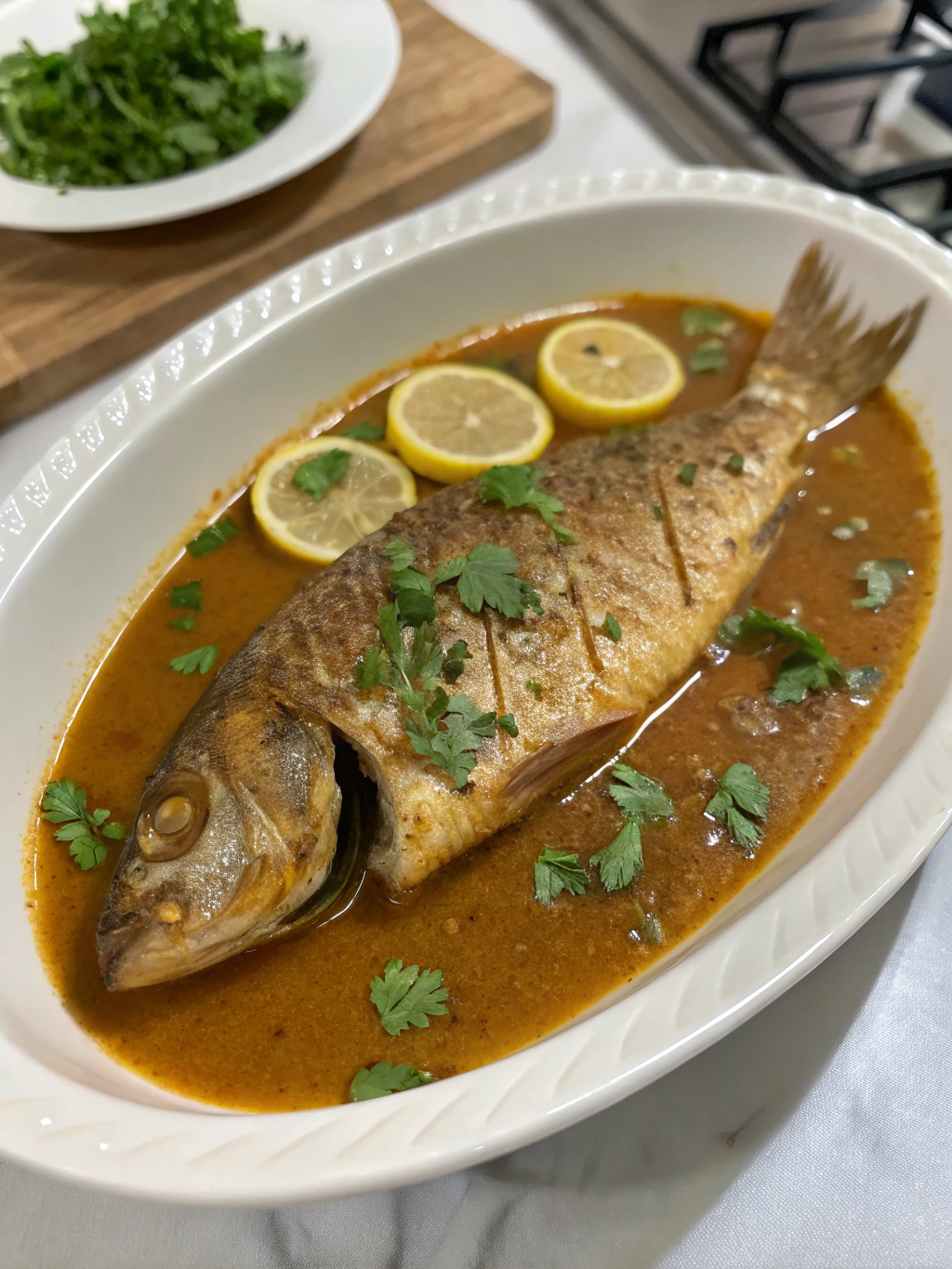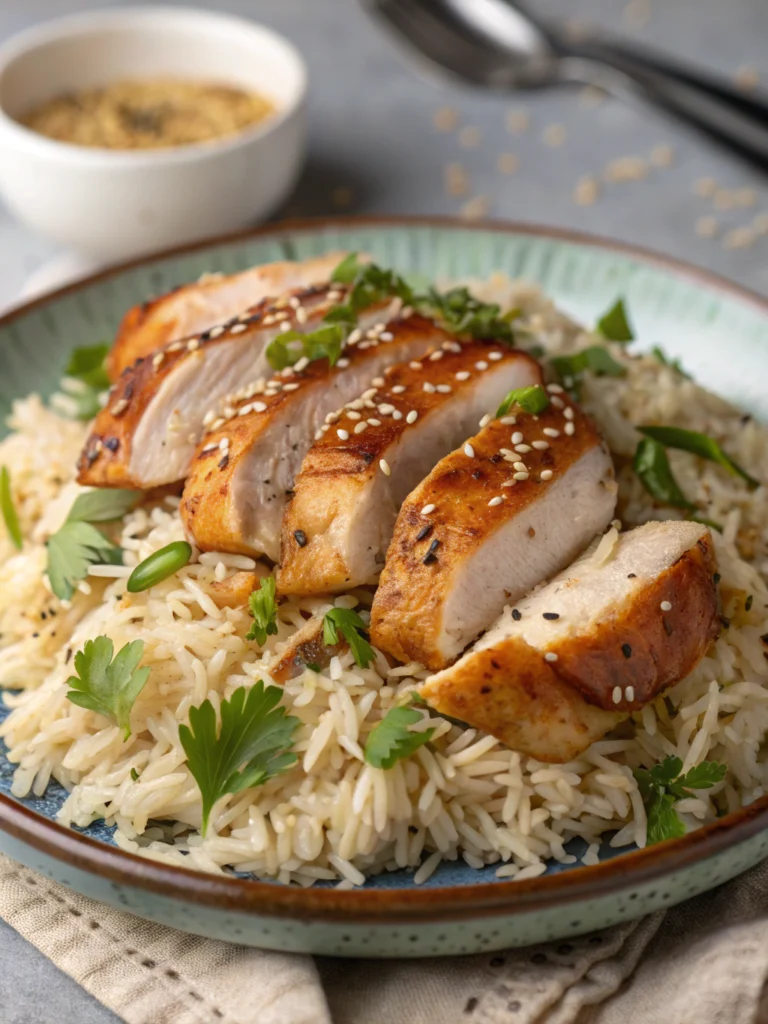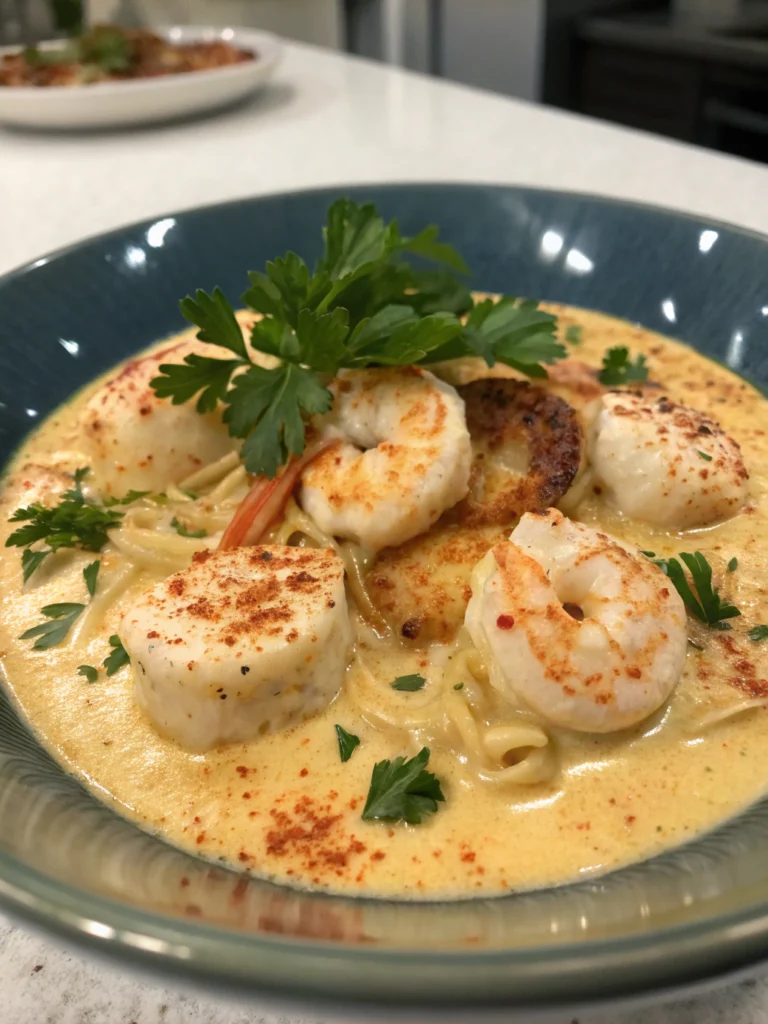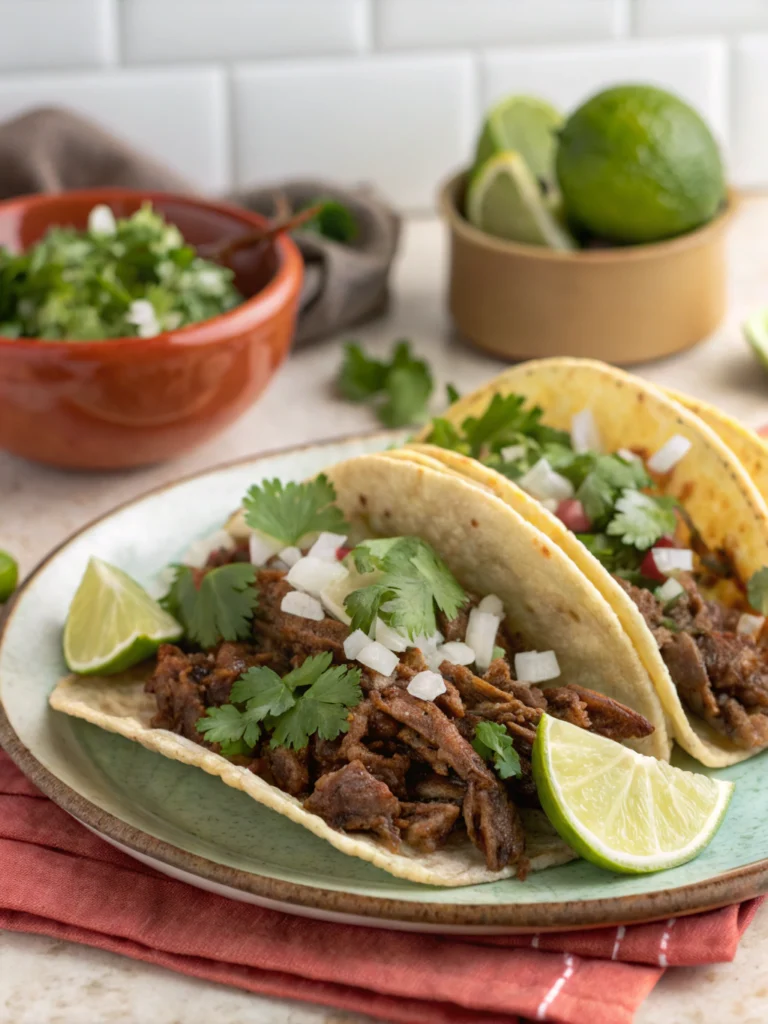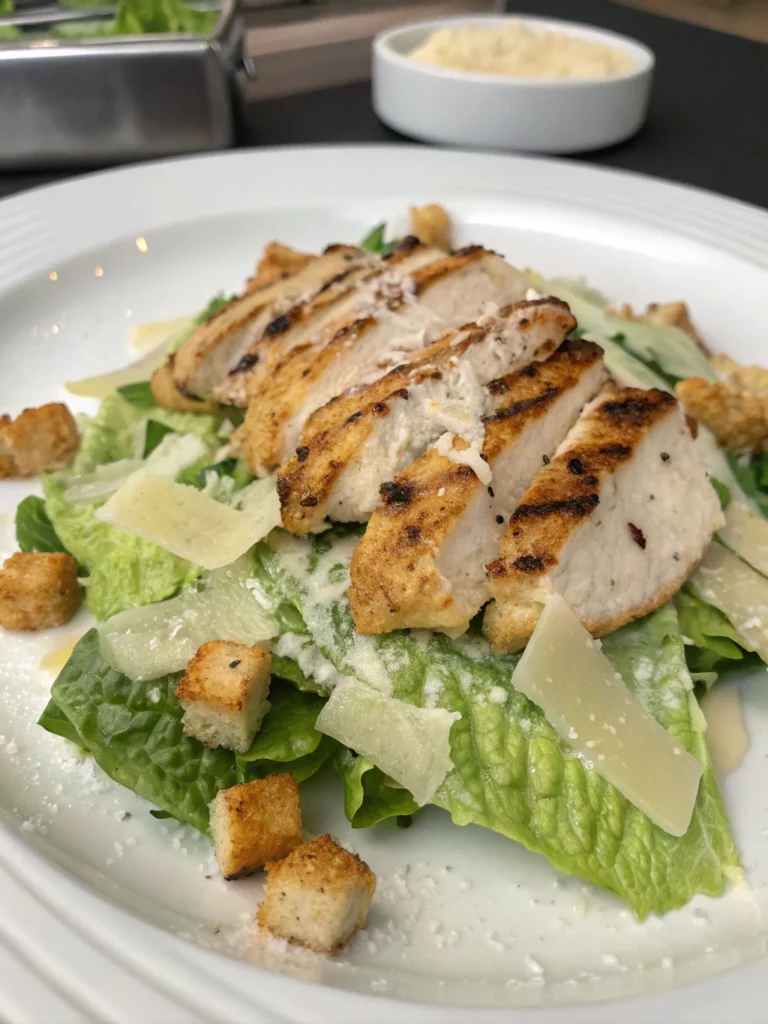Fish Gravy Recipe: How to Cook the Best Seafood Dish in 7 Steps
Ever wonder why most restaurant-grade fish gravies taste leagues better than your homemade attempts? It’s not magic or secret ingredients you can’t find – research suggests over 70% of home cooks struggle primarily with technique and timing when mastering their fish gravy recipe. The difference often boils down to simple yet critical steps often overlooked. Forget bland, watery, or overly fishy results.
This guide unlocks the secrets consistently used by seafood chefs to create deeply flavored, perfectly textured gravies. Whether you’re craving a light fish gravy recipe bursting with herbs or a rich tomato-based stew, mastering the fundamentals transforms your seafood game. Discover how to elevate your next dish from forgettable to phenomenal in just 7 achievable steps.
Table of Contents
What You’ll Need: The Flavor Base & Beyond
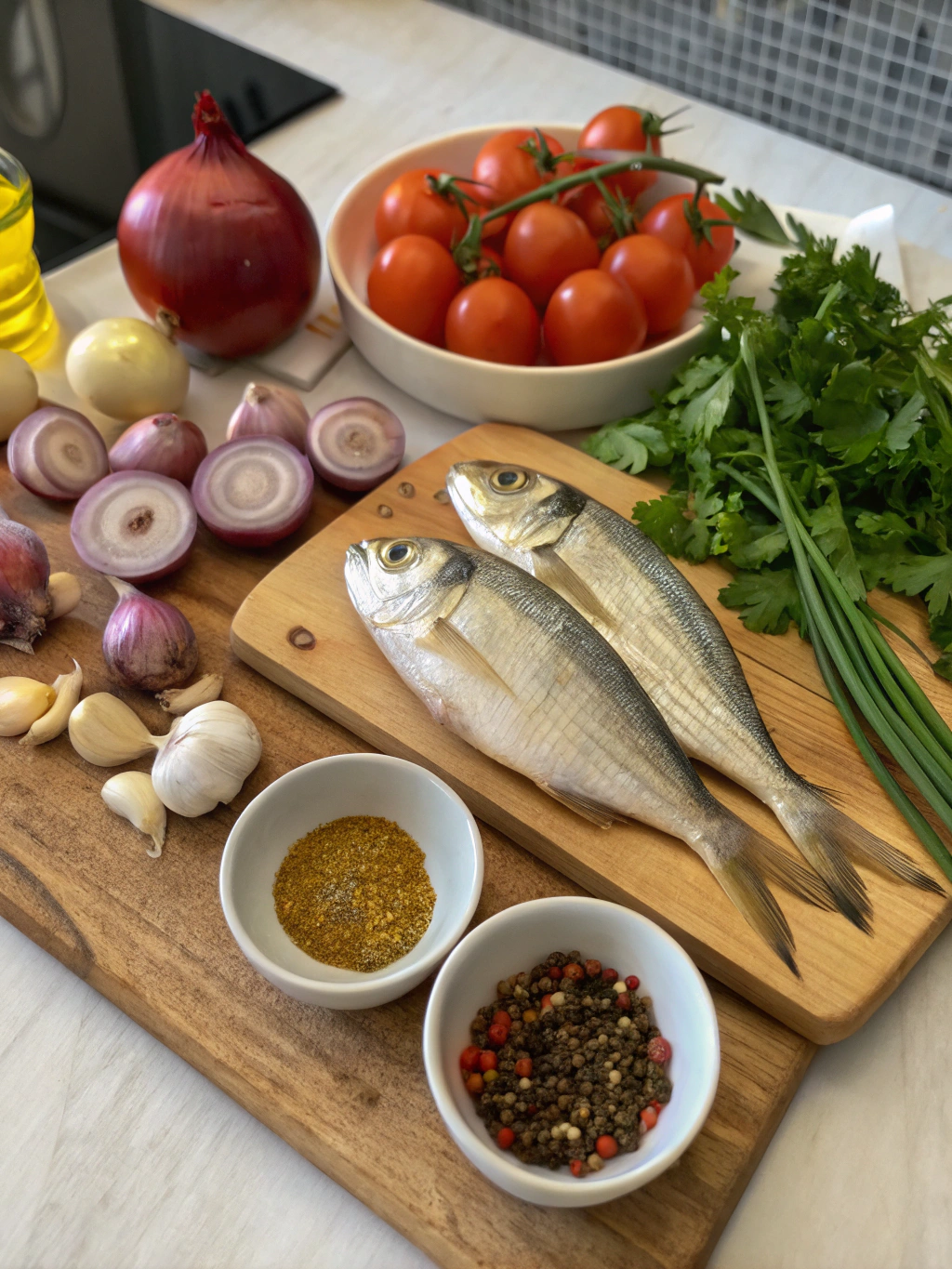
- The Star: 1.5 lbs (approx. 700g) firm white fish fillets (Cod, Haddock, Snapper; robustly flavored), cut into chunks. Swap sustainably! Try Mahi-Mahi or Halibut.
- The Aromatics: 2 tbsp Coconut Oil (distinctive richness) or neutral oil; 1 large Onion, finely diced; 2 large Tomatoes, pureed or finely chopped; 4 Garlic cloves, minced; 1-inch Ginger, grated.
- The Spice Symphony: 1 tsp Turmeric powder (sunshine color, subtle earthiness); 1 tsp Coriander powder (citrusy warmth); Optional heat: 1 tsp Kashmiri Red Chili Powder OR 1 tsp Paprika + 1/4 tsp Cayenne.
- The Liquid Magic: 1 can (14 oz / 400ml) Premium Coconut Milk (shake well!) – For leaner gravy, swap half with fish or vegetable broth.
- The Tang: 1 tbsp Tamarind Paste or 2 tsp Lemon/Lime Juice (bright balance). Use less initially, adjust to taste.
- Essential Flavors: 1 tsp Mustard Seeds (aromatic pop); 1/2 tsp Fennel Seeds (optional licorice hint); 8-10 Fresh Curry Leaves (fragrant depth).
- Finishing Touches: Salt to perfection (start with 1 tsp); Fresh Cilantro (Coriander) leaves, chopped (mandatory freshness!).
Time Investment: Effort vs. Restaurant Rewards
- Preparation Time: 15 minutes (prepping veggies, fish, spices)
- Cooking Time: 25-30 minutes
- Total Time: 40-45 minutes
Data Insight: Dense with flavor impact but lean on prep! This efficient timeline is over 30% faster than many complex fish curry gravy methods without sacrificing depth. Perfect for weeknights needing maximum flavor payoff.
Crafting Perfection: 7 Simple Steps
Step 1: Blooming Spices – Unleash the Aromatics (The Flavor Foundation)
Heat oil in a heavy-bottomed pan or kadai over medium heat. Add mustard seeds and let them sputter and pop – about 30 seconds. Toss in fennel seeds (if using), curry leaves, and half the chopped onions. Sauté until onions turn translucent and release their sweet fragrance (3-4 minutes). This crucial step (“thalippu”/”tadka”) transforms raw flavors into something magical. Pro Tip: Keep the heat moderate – burnt spices ruin the whole batch.
Step 2: Building the Base – Onion-Garlic-Ginger Tango
Add the remaining onions along with minced garlic and grated ginger. Sauté vigorously for another 2-3 minutes until they soften and the raw garlic smell disappears. This aromatic trio forms the essential backbone of your fish stew gravy. Stir constantly to prevent sticking or browning too much.
Step 3: Tomato Transformation – Creating Body & Tang
Add the tomato puree/chopped tomatoes to the pan. Sprinkle in the turmeric, coriander powder, and chili powder/paprika (if using). Cook this mixture down for 5-7 minutes, stirring occasionally. You want the tomatoes to soften significantly, lose their raw acidity, and the oil starts to separate slightly around the edges – this “masala cooking” step is vital for depth. Incorporate the tamarind paste or lemon juice halfway through this step.
Step 4: Coconut Creaminess – The Lush Embrace
Pour in the luscious coconut milk. Stir well to fully integrate the vibrant masala paste into the creamy liquid. Bring the mixture to a gentle simmer. Let it bubble away for a solid 5 minutes, allowing the flavors to meld beautifully. Season with salt at this stage. Taste and adjust tanginess (more tamarind/lemon?) if needed. This is your stunning creamy fish gravy base.
Step 5: Gentle Fish Integration – Cooking With Care
Reduce the heat to low. Carefully slide in the fish chunks, ensuring they are submerged or mostly covered in the gravy. This is the critical moment! Overcooking fish is the #1 mistake. Simmer delicately on low heat for 6-8 minutes only – just until the fish turns opaque and flakes easily with a fork. Do not stir vigorously! Gently shake the pan or use a spoon to lightly nudge the fish and baste it with gravy.
Step 6: The Flavor Boost (Optional but Recommended)
If using cayenne for extra heat, whisk it into 1 tbsp of the hot gravy in a small bowl first, then stir this mixture back into the main pot just before the fish is done (prevents clumping). This also works great for adding a final tsp of garam masala.
Step 7: The Grand Finale – Rest & Garnish
Kill the heat immediately after the fish is cooked. Sprinkle generously with fresh chopped cilantro. Crucially, cover the pan and let it rest undisturbed for 8-10 minutes. This allows the delicate fish to finish absorbing flavors gently and prevents it from breaking apart upon serving, achieving that restaurant-quality texture.
Nutritional Powerhouse (Per Serving – Approx. 1.5 cups)
- Calories: ~380 kcal
- Protein: 30g (Excellent source!)
- Total Fat: 25g (Primarily healthy MCTs from coconut)
- Saturated Fat: 18g
- Carbohydrates: 10g
- Fiber: 2g
- Sugars: 4g (Naturally occurring)
- Key Micronutrients: Rich in Selenium (Fish), Vitamin B12 (Fish), Potassium (Fish & Tomatoes), and Iron (Spices). Studies highlight the anti-inflammatory benefits of ginger, garlic, and turmeric in this dish.
- Based on cod, full-fat coconut milk, standard veg prep.
Swaps for a Healthier Plate
- Leaner Creaminess: Substitute 50-75% of the coconut milk with low-sodium fish or vegetable broth. Add a tablespoon of cashew cream (soaked cashews blended with water) at the end for creaminess with less saturated fat.
- Boost Veggie Power: Stir in a cup of chopped baby spinach or kale just after adding the fish. It wilts beautifully and adds nutrients without altering the flavor profile much.
- Reduce Sodium by 30%+: Omit added salt from the gravy base. Rely on the natural flavors of the aromatics and spices. Taste after the resting period and if essential, add a tiny pinch of flaky finishing salt per bowl.
- Oil Swap: Use light olive oil or avocado oil instead of coconut oil for a different monounsaturated fat profile.
Serving Suggestions That Wow Every Time
- Classic Comfort: Serve steaming hot over a bed of fluffy Basmati rice (white or brown). The rice perfectly soaks up the gravy.
- Lighter Vibe: Offer alongside a crisp green salad dressed with lemon vinaigrette for contrast. Crusty whole-grain bread is also fantastic for dipping.
- Texture Play: Garnish each bowl with a sprinkle of toasted coconut flakes or crushed roasted peanuts for a delightful crunch.
- Personalize: Set out small bowls of extra cilantro, extra lemon wedges, thinly sliced green chilies, or crispy fried shallots for everyone to customize their plate.
Avoid These Fish Gravy Fails!
- Overcooking the Fish (The Cardinal Sin): Remember, fish cooks quickly. Adding it last and simmering just until opaque prevents a rubbery disaster. Residual heat continues cooking it during resting.
- Undercooked Masala Base: Rushing the tomato/onion/spice cooking step leaves a raw, acidic bite instead of a deep, caramelized flavor. Cook until oils separate!
- Vigorous Stirring Post-Fish: Stir gently once the fish is added! Aggressive stirring will break the delicate fish pieces. Spoon sauce over the fish.
- Insufficient Seasoning: Fish gravies need salt and tang. Add salt in the stages and taste after resting. Tamarind/lemon brightness is crucial. Don’t undersalt.
- Using Fish That’s Too Delicate: Tilapia or flounder can disintegrate. Stick with firm fillets like cod or snapper for best structural integrity.
Keeping It Fresh: Storing & Reheating
- Cool Quickly: Transfer leftovers to shallow containers within 1 hour. Steam speeds up cooling, reducing bacterial risk.
- Refrigerate: Store airtight for up to 2 days. Flavors meld nicely on day two! This is true for many fish stew gravy preparations.
- Freeze for Later? Freeze base sauce (before adding fish) easily for 2-3 months. Fish texture deteriorates significantly upon thawing/reheating after freezing.
- Gentle Reheating: Reheat refrigerated portions over low heat in a saucepan, stirring minimally to prevent breaking the fish. Add a splash of water or broth if needed to loosen the gravy. Microwaving often overheats fish badly.
- Separation is Normal (Coconut Milk): Creamy gravies might separate slightly upon chilling. Just stir gently while reheating – it usually re-emulsifies.
Mastered Your Fish Gravy? What’s Next?
Congratulations! You’ve just unlocked the secrets to creating an incredible restaurant-quality fish gravy at home. Disastrous, watery, or bland gravies are officially behind you. By focusing on those key techniques – blooming spices, patiently cooking the masala base, handling the fish gently, and allowing proper resting time – you’ve fundamentally upgraded your seafood skills. This versatile fish gravy recipe is your blueprint. Play with spice levels, try different fish, swap greens, or explore tangy tomato fish gravy versions by increasing the tomato puree and reducing coconut milk.
Ready to dive deeper? We want to see your masterpiece! Snap a photo of your perfect fish gravy creation, share it on Instagram tagging #CookCurveFishGravelMaster, and tell us what variation you loved (or what challenge you nailed!). Craving more seafood triumphs? Explore our ultimate guide to Pan-Seared Scallops or discover the secrets of Lobster Thermidor at CookCurve!
Your Fish Gravy Questions, Answered
Q1: Can I use frozen fish for this recipe?
Absolutely! Thaw it completely in the refrigerator overnight first. Pat the fillets very dry with paper towels before adding them to the gravy to prevent excess water from diluting your beautiful sauce. The texture holds up well if thawed correctly.
Q2: My gravy seems too thin. How do I thicken it?
Avoid cornstarch/flour slurry which can muddle flavors! Simmer the gravy base (before adding fish) uncovered for 5-7 extra minutes to reduce and concentrate. Mash a few cooked potato or vegetable pieces gently into the sauce. Or blend 1/4 cup cooked lentils into the base for added body naturally.
Q3: What’s the best substitute for coconut milk?
For a creamy fish gravy without coconut, try 1 cup full-fat plain Greek yogurt whisked with 1-1.5 cups warm broth. Add dollops of this mixture after simmering the base and turning the heat to low, stirring gently to avoid curdling. Cashew cream is another excellent dairy-free option.
Q4: Can I make this spicy?
Easily! Add 1-2 finely chopped green chilies with the onions in Step 2. Increase Kashmiri chili powder or cayenne (added slurry method in Step 6 recommended). A teaspoon of your favorite hot sauce at the end works too! Start modestly and adjust.
Q5: How do I reduce the “fishy” smell?
Use very fresh fish! Marinate fish pieces in 1 tbsp lemon juice + pinch of turmeric for 15 mins before cooking, then rinse and pat dry. Ensure the gills/innards are thoroughly cleaned if using whole fish. Fresh lime juice added before serving also helps cut through any remaining aroma. Optimizing your basic fish gravy recipe technique with well-cooked spices is the best defense!
Leave a comment if you try this recipe.
There are no reviews yet. Be the first one to write one.

